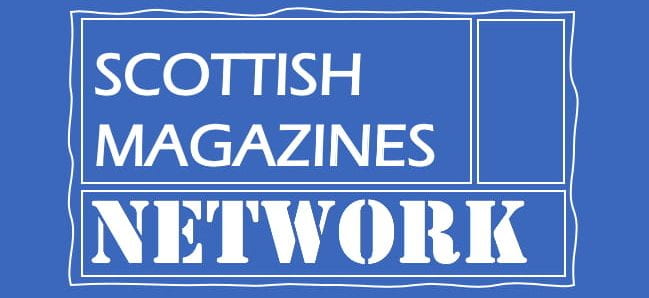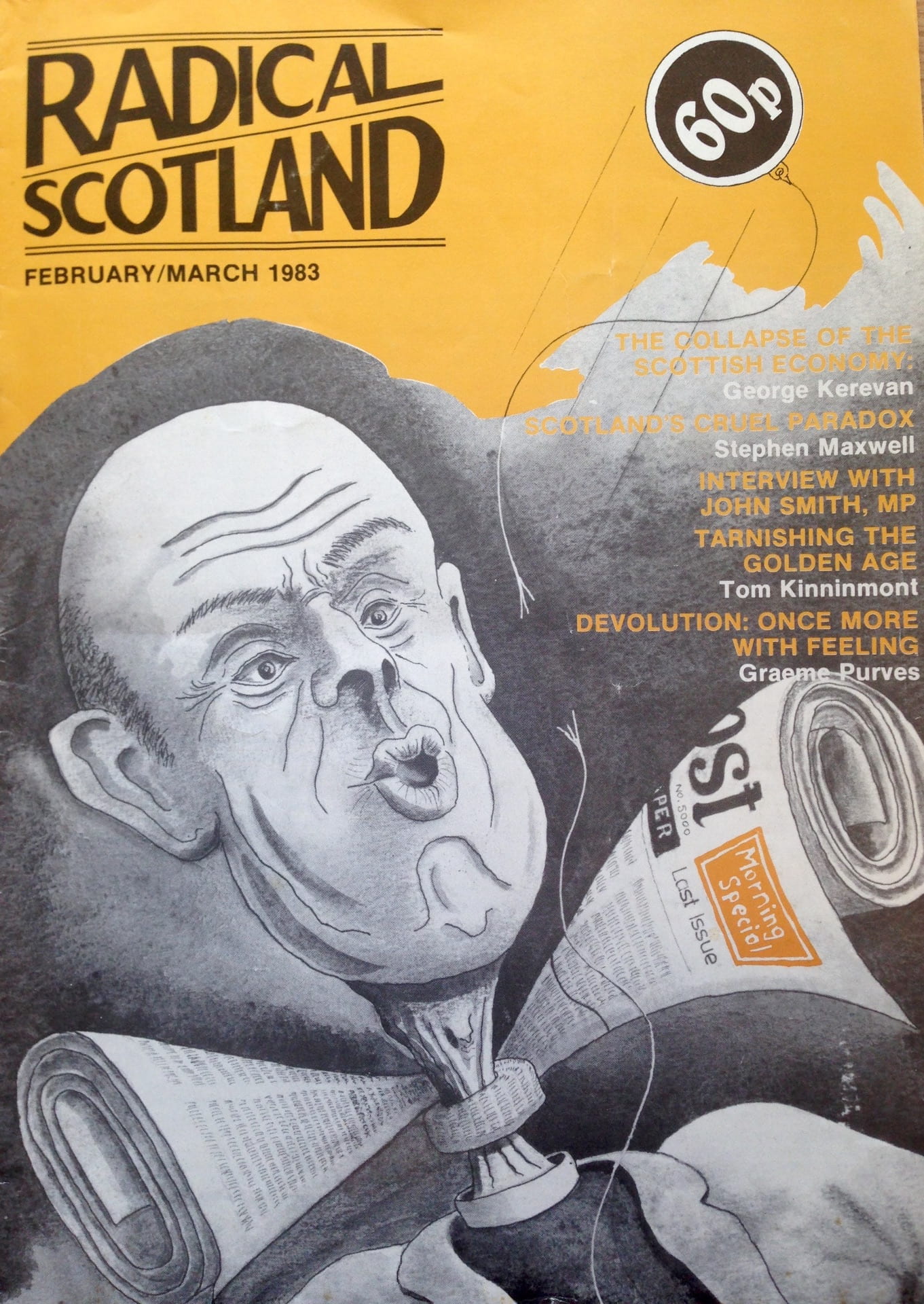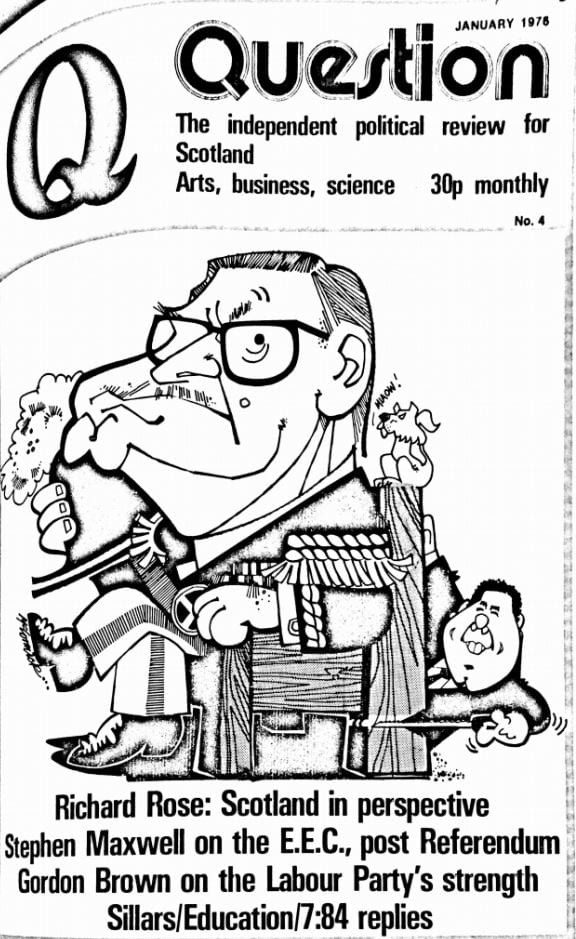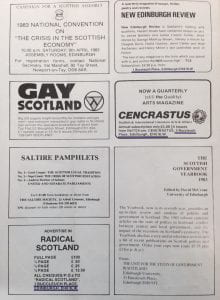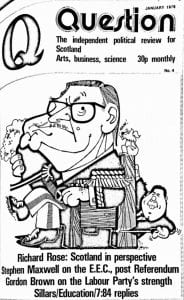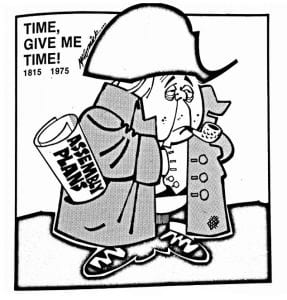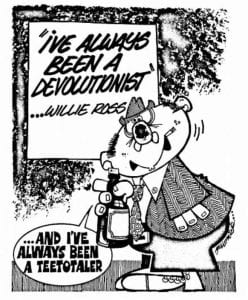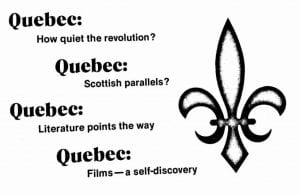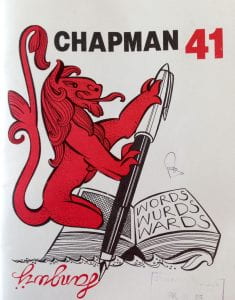 Inspired by Patrick Collier’s opening blog and talk, which offered us a guided tour of key theoretical sources in periodical studies, we thought it might be useful to assemble a short bibliography of Scotland-specific sources on our magazines and their contexts.
Inspired by Patrick Collier’s opening blog and talk, which offered us a guided tour of key theoretical sources in periodical studies, we thought it might be useful to assemble a short bibliography of Scotland-specific sources on our magazines and their contexts.
It is, of course, only a starting point.
Rachael Alexander, ‘Harpies and Quines and feminist magazines in Scotland’, Gender Equal Media Scotland Blog, 28 February 2020.
Rachael Alexander, ‘”Alive, practical and different”: Harpies & Quines and Scottish Feminist Print in the 1990s’ in Laurel Forster and Joanne Hollows (eds), Women’s Periodicals and Print Culture in Britain, 1940s-2000s: The Postwar and Contemporary Period (Edinburgh: Edinburgh University Press, 2020), pp. 307-22.
Chris Atton, ‘Alternative media in Scotland: Problems, positions and “Product”, Critical Quarterly 42.4 (2000): 40-46
Eleanor Bell, ‘Rejecting the Knitted Claymore: the challenge to cultural nationalism in Scottish literary magazines of the 1960s and 1970s’, in British Literature in Transition, 1960-1980: Flower Power, ed. by Kate McLoughlin (Cambridge: Cambridge University Press, 2018), pp. 263-74.
Eleanor Bell, ‘”Leaps and Bounds”: Feminist Interventions in Scottish Literary Magazine Culture’ in Laurel Forster and Joanne Hollows (eds), Women’s Periodicals and Print Culture in Britain, 1940s-2000s: The Postwar and Contemporary Period (Edinburgh: Edinburgh University Press, 2020), pp. 215-28.
Ross Birrell and Alec Finlay (eds), Justified Sinners: An Archaeology of Scottish Counter-Culture (1960-2000) (Edinburgh: Pocketbooks, 2002)
Neil Blain and David Hutchison (eds), The Media in Scotland (Edinburgh: Edinburgh University Press, 2008).
David Finkelstein, Margery Palmer McCulloch and Duncan Glen, Scottish Literary Periodicals: Three Essays (Edinburgh: Merchiston, 1998).
Susan Galloway and Huw David Jones, ‘The Scottish dimension of British arts government: a historical perspective’, Cultural Trends 19:1-2 (2010): 27-40.
Duncan Glen, ‘Scottish periodicals of the 1960s and 1970s’ in Selected Scottish and Other Essays (Kirkcaldy: Akros, 1999), pp. x-y. [also collected in Finkelstein et al 1998]
Linda Gunn and Alistair McCleery, ‘Wasps in a jam jar: Scottish literary magazines and political culture 1979–1999’ in Further From The Frontiers: Cross-currents in Irish and Scottish Studies, ed. by Aimee McNair and Jacqueline Ryder (Aberdeen: AHRC Centre for Irish and Scottish Studies, 2009), pp. 41–52.
Scott Hames, The Literary Politics of Scottish Devolution: Voice, Class, Nation (Edinburgh: Edinburgh University Press, 2020).
Christopher Harvie, ‘Nationalism, Journalism and Cultural Politics’ in Nationalism in the Nineties, ed. by Tom Gallagher (Edinburgh: Polygon, 1991), pp. 29-45.
John Herdman, Another Country: An Era in Scottish Politics and Letters (Edinburgh: Thirsty, 2013).
[previous edition published as Poets, Pubs, Polls and Pillar Boxes: Memoirs of an Era in Scottish Politics and Letters (Akros, 1999)]
David Hutchison, ‘The Alternative Press’ in Headlines: The Media in Scotland, ed. by David Hutchison (Edinburgh: EUSPB, 1978), pp. 39-50.
Ben Jackson, The Case for Scottish Independence: A History of Nationalist Political Thought in Modern Scotland (Cambridge: Cambridge University Press, 2020)
[draws extensively on political and cultural magazines in charting the development of nationalist/devolutionist thought]
Stephen Kendrick, ‘Scotland, Social Change and Politics’ in The Making of Scotland: Nation, Culture and Social Change, ed. by David McCrone, Stephen Kendrick and Pat Straw (Edinburgh: Edinburgh University Press, 1989), pp. 71-90.
Myra Macdonald, ‘The Press in Scotland’, in Headlines: The Media in Scotland, ed. by David Hutchison (Edinburgh: EUSPB, 1978), pp. 8-21.
Lila Matsumoto, ‘Poetic experiments and trans-national exchange: the Little Magazines Migrant (1959-1960) and Poor.Old.Tired.Horse. (1962-1967)’ (PhD thesis, University of Edinburgh, 2013).
Margery Palmer McCulloch, ‘Continuing the Renaissance: Little Magazines and a Late Phase of Scottish Modernism in the 1940s’, Études écossaises 15 (2012): 59-73.
Peter Meech and Richard Kilborn, ‘Media and identity in a stateless nation: the case of Scotland’, Media, Culture and Society 14 (1992): 245-259.
Jane Potter, ‘Literary Publishing 1945-2000’ in The Edinburgh History of the Book in Scotland, Volume 4: Professionalism and Diversity 1880-2000, ed. by David Finkelstein and Alistair McCleery (Edinburgh: Edinburgh University Press, 2007), pp. 250-76.
[includes short case studies of Akros and Cencrastus by Zsuzsanna Varga, and discussion of other literary periodicals – Lines Review, Lallans, Chapman, Verse, New Writing Scotland, etc – mainly in the context of SAC funding]
Richard Price, ‘Little Magazines and Scottish Modernism’ [first published as ‘Little’], Northwords (Winter 2002/3): 33-35.
Richard Price, ‘Some Questions about Literary Infrastructure in the 1960s’ in The Scottish Sixties: Reading, Rebellion, Revolution, ed. by Eleanor Bell and Linda Gunn (Amsterdam: Brill, 2013), pp. 93-114.
Tessa Ransford, ‘Independent Pamphlet Publishing‘, Scottish Affairs 70 (Winter 2010): 104-13.
Philip Schlesinger, ‘Scottish Devolution and the Media’, Political Quarterly 69 (1998): 55-74.
Rory Scothorne, ‘The “Radical Current”: Nationalism and the Radical Left in Scotland, 1967-1979’, H-Nationalism(2018)
Bob Tait, ‘Scottish International: A Brief Account’, in Scottish Poetry Index: An Index to Poetry and Poetry-Related Material in Scottish Magazines, 1952- (Edinburgh: Scottish Poetry Library), vol. 6 (1997), pp. 63-65.
Roderick Watson, ‘Scottish Poetry: The Scene and the Sixties’ in The Scottish Sixties: Reading, Rebellion, Revolution, ed. by Eleanor Bell and Linda Gunn (Amsterdam: Brill, 2013), pp. 69-92.
